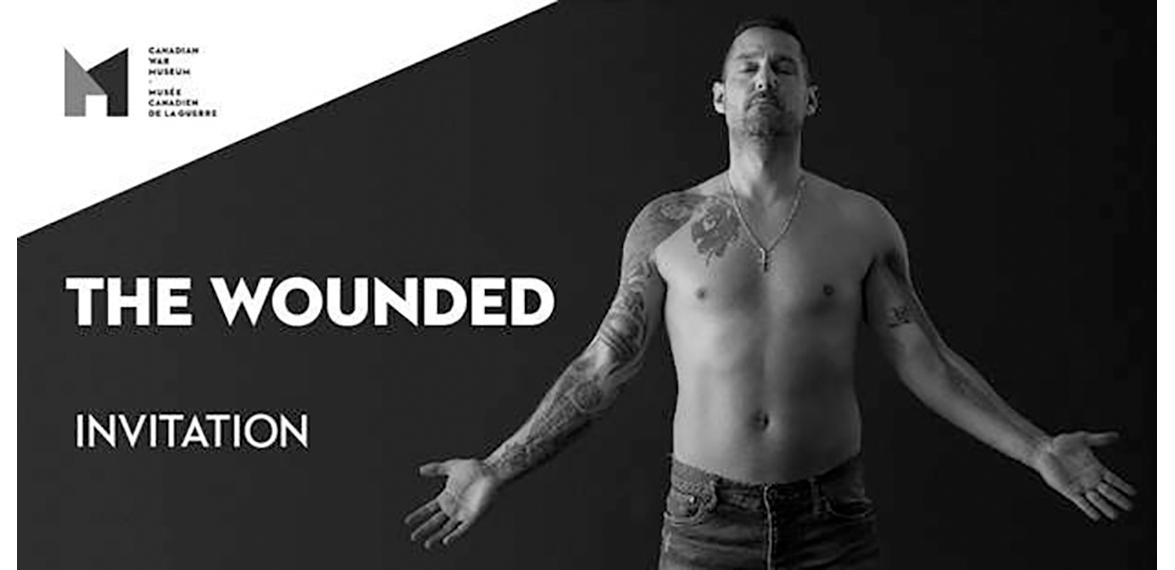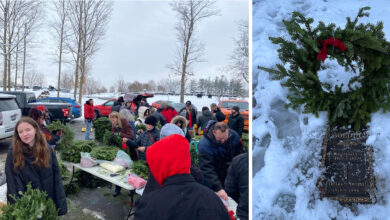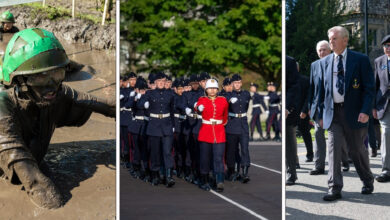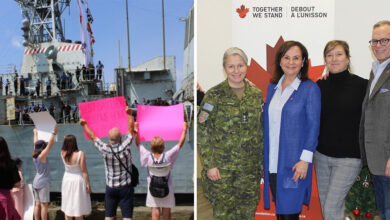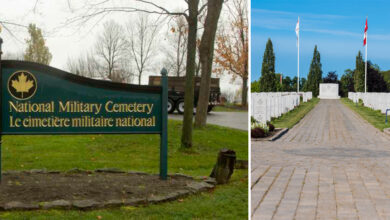Events
Exhibit features Canadian Afghanistan Veterans stories
The Canadian War Museum, in partnership with Legion Magazine, is hosting an exhibit that focuses on Canadian Veterans who served in the Afghanistan War.
The exhibit will feature award-winning photojournalist Stephen J. Thorne’s work. He has produced a series of 18 black and white photographs, along with accompanying text, of Canadian War Veterans who served in the Afghan war. These photos were originally published in 2017 for Legion Magazine’s “Portraits of Inspiration” series.
“There are many meaningful stories of courage and strength that take place after a conflict ends,” said Mark O’Neill, president, and CEO of the Canadian War Museum and the Canadian Museum of History. “We are proud to share some of these powerful and deeply personal accounts of injury and recovery with our visitors.”
Thorne has been a photojournalist for 39 years and has focused in on all things Canadian. He had his first start with the Halifax Herald, followed by many years working with the Canadian Press, Canada’s national wire service. Over the years, Thorne has covered wars and disasters alike, included the Afghanistan war, Kosovo, Swiss Air flight III, and more. He now works with Legion Magazine.
This new exhibit will focus on the veterans’ struggle to heal and recover from what they endured in Afghanistan – even when they had the full support of family and friends.
Andrew Burtch, a historian with the Canadian War Museum who is responsible for the historical content for exhibits, programs, and research connected to Canadian military history. His area of focus is from the Cold War to now. Burtch worked with Stephen Thorne, as well as the Legion magazine, to select the photos for this exhibit, and adapt the text from the essays to a shorter version that still communicated their stories.
Burtch said, “In the powerful photographs, the visitor will see the physical scars of war, and learn from the veterans’ stories how their lives changed as a consequence of their wounds, and how they adapted to their new circumstances through the support of their friends and families.”
Thorne had noticed that the public focused on those who were killed in Afghanistan. “The wounded were rarely mentioned, however, and when they were, they were only described as “injured.” But did readers understand what “injured” meant? Lives were changed forever in a split-second — by an IED or a bullet — or over time, by the ravages of psychological trauma. The stories of the wounded needed to be told,” said Thorne.
Burtch also believes these are important stories to tell.
He said, “by casting a focus… on individuals who were wounded by an IED blast, or by a Taliban ambush, or suffering from ‘survivor’s guilt’ or struggling with what they endured and witnessed, we hope that the visiting public leaves with a better understanding of the nature of physical and psychological wounds, their impact on those who served and their families, the stories that you don’t normally hear once a conflict ends.”
Not only do the photos help tell the story of these veterans’ struggle in the aftermath of war, but their stories also touch on how hard it was for those who supported the veterans in their recovery.
“In this series you get a sense of the grit and determination of the wounded, but also the commitment and drive of the people who supported them, partners, parents, friends, and how they kept each other motivated through the most difficult days, whether it be multiple surgeries and prosthetic fittings, or struggles with mental health,” Burtch said.
The exhibit will be running from February 15 until June 2, 2019, at the Canadian War Museum in Ottawa. From there, the exhibit is scheduled to go on a three-year cross country tour.
For more information on the exhibit or the Canadian War Museum.


